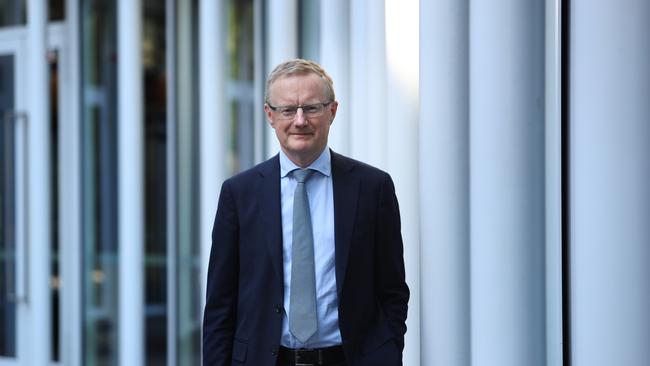
QE is part of what is often a murky world of alternative policy solutions for central bankers beyond that of simply lowering or raising interest rates.
The example of major central banks overseas in recent years shows the swamp can be hard to get out of.
But sure enough, the marauding coronavirus pandemic meant Dr Lowe on Thursday became the first RBA governor in history to cut interest rates as far as they can go and invoke alternative policy measures.
It would be wrong to say he made the decision through gritted teeth, because Dr Lowe knows the situation facing Australia’s economy has lurched from serious to dire in just a matter of weeks. QE was just not part of his plan at the start of this year.
And entering the pond of alternative monetary policy didn’t go all that smoothly for the RBA. 10-year government bond yields swung wildly as markets digested the central bank’s plan, which included a target for the 3-year government bond yield of 0.25 per cent and a $90bn funding facility for banks.
The 10-year government bond yield jumped massively to 2.5 per cent from 1.5 per cent after the RBA announcement, before falling back to earth again.
“The RBA shouldn’t be happy with the market reaction to its announcements. It went ballistic,” said Sally Auld, chief economist at JPMorgan in Sydney. The RBA has said it will intervene to smooth volatility in both the bond market and the currency market as part of its plan to build confidence and lower funding costs, but Ms Auld said the instruction to markets on what to expect by the RBA was far too vague and could prompt more volatility.
The Australian dollar plunged to its lowest level since October 2002 in trading, while bond yields rose and then flopped. Yet the RBA was nowhere to be seen, Ms Auld said.
“If you don’t think that’s an illiquid, dysfunctional market, then I don’t what is,” she said. “The RBA’s guidance is far too subjective, and I don’t think the market likes that.”
It may be that both Dr Lowe and deputy RBA governor Guy Debelle, both seasoned veterans of the global financial crisis, will need to spell out in more detail how the central bank intends to act under different market conditions to calm nerves.
Stuart Dear, deputy head of fixed income at Schroders, agreed with Ms Auld, saying it wasn’t clear how well the RBA’s actions would support the functioning of the domestic bond market.
“While the RBA has committed to buying government and semi-government securities across the curve, it appears that its focus on the short-end has left longer-term bonds in limbo,” Mr Dear said.
He went on to add: “The bond market was looking for more specific measures. These may come in due course.”
Still, the RBA’s plan was otherwise welcomed and seen as timely, given the shadow COVID-19 is over the economy.
Stephen Miller, investment strategist at GSFM, said Dr Lowe had signalled a willingness to do “whatever it takes” to support the economy with the tools that remain at his disposal.
That was reassuring, given the second quarter was likely to see the biggest ever decline in Australia’s GDP growth since the Great Depression, Mr Miller said.
He also said it was reassuring that Dr Lowe was indicating that the RBA stands ready to do more if needed, adding that “helicopter money” might be an option as the crisis unfolds. But for it to work, he said, it would also need to be adopted in places such as the US, Europe and Japan.
If that happens, markets may begin to rebound at some stage in the second half of the year.
The Wall Street Journal




Even just a few weeks ago, the governor of the Reserve Bank, Philip Lowe, would have bristled at the merest suggestion that he would be introducing quantitative easing to support the economy before the end of March.